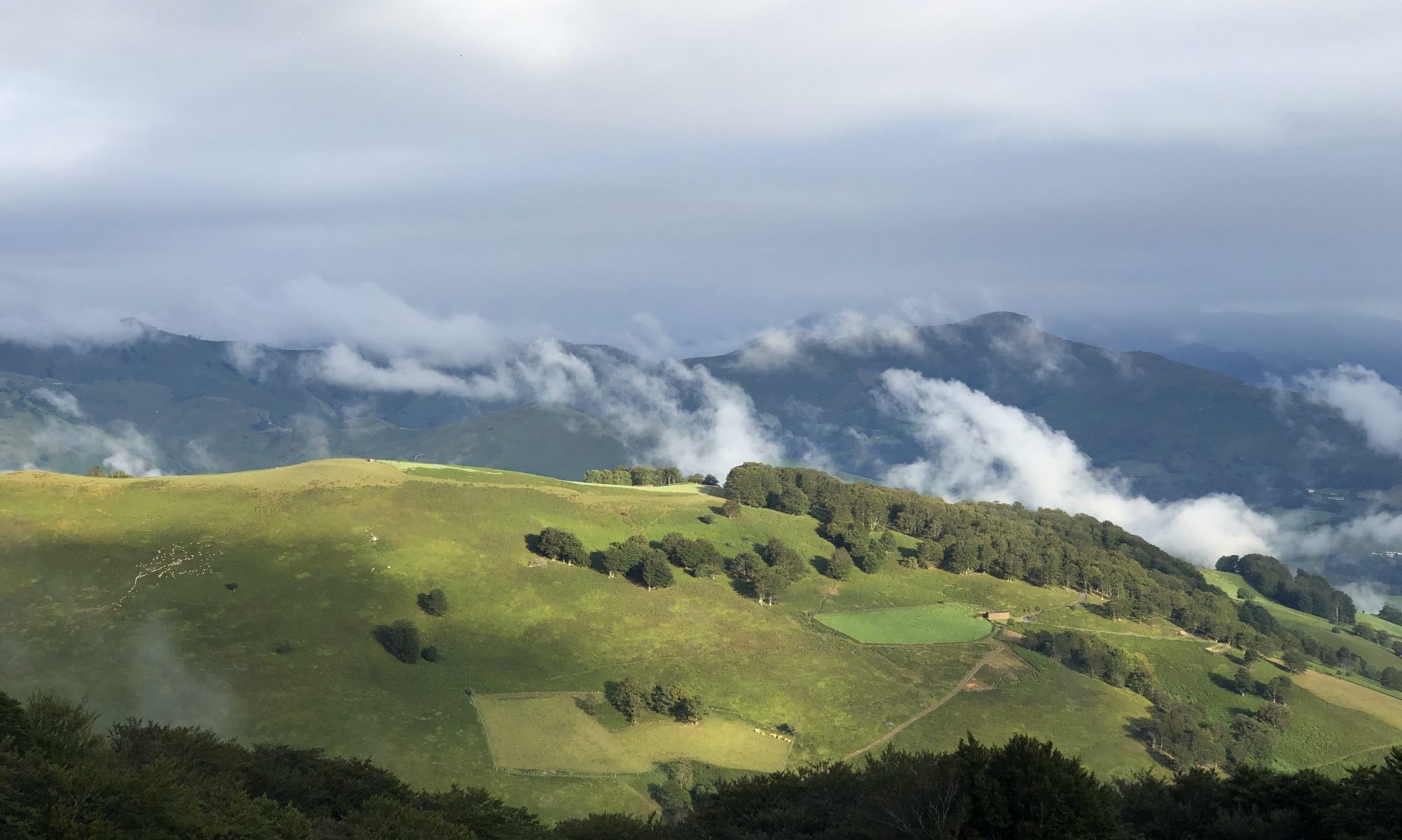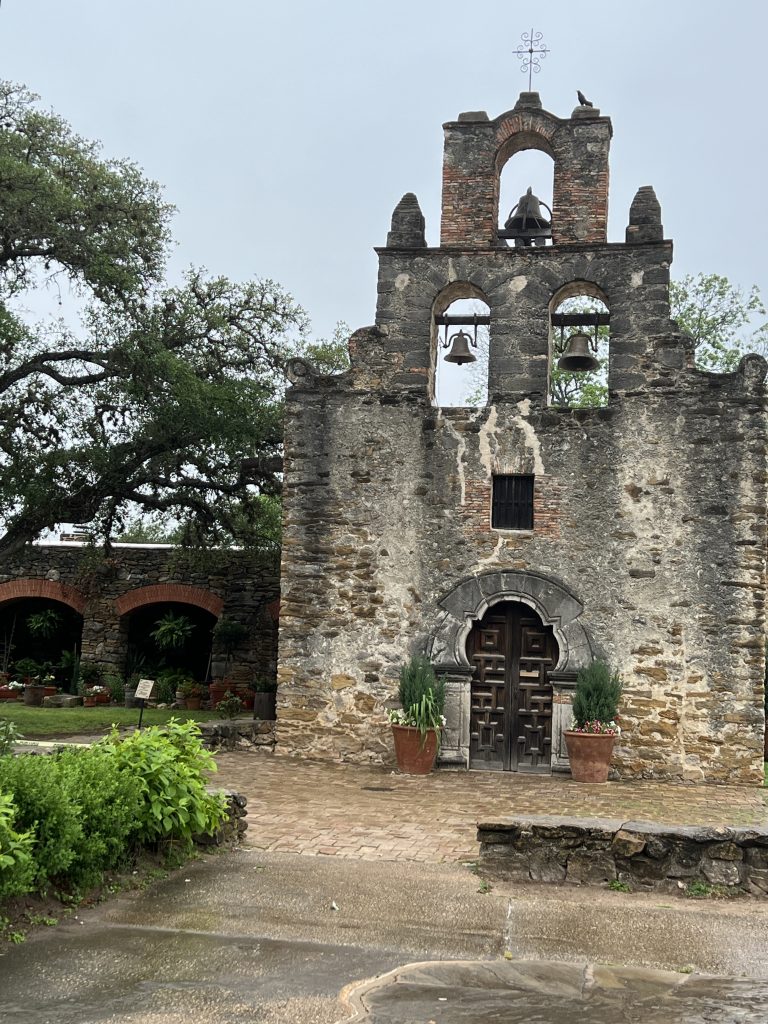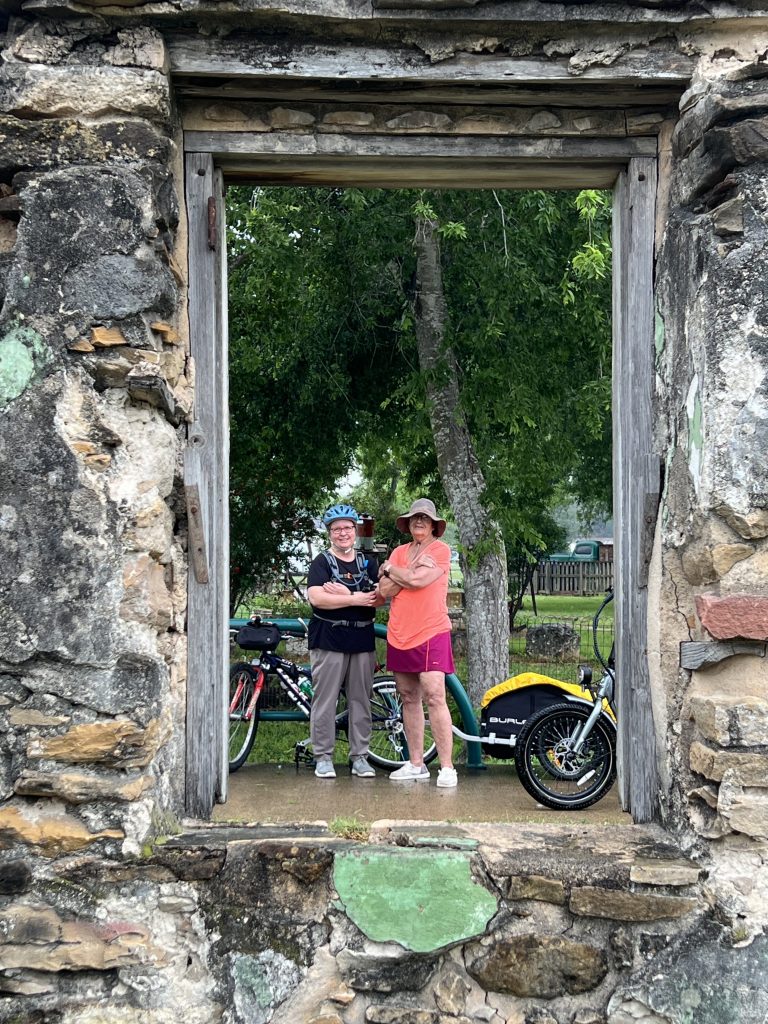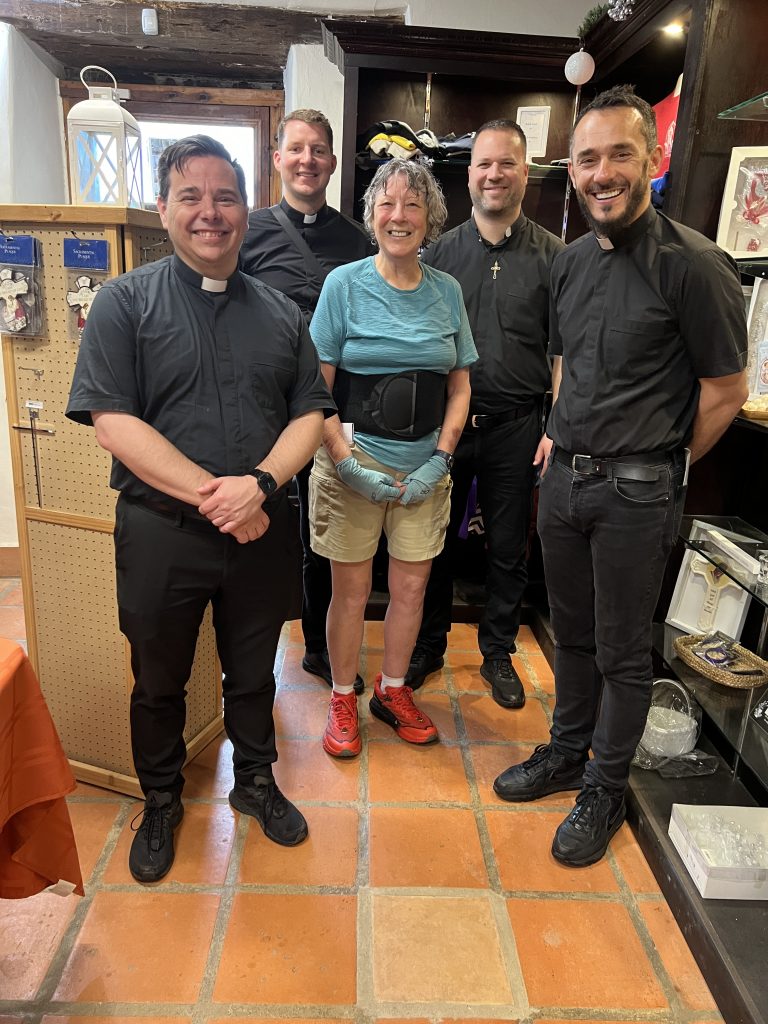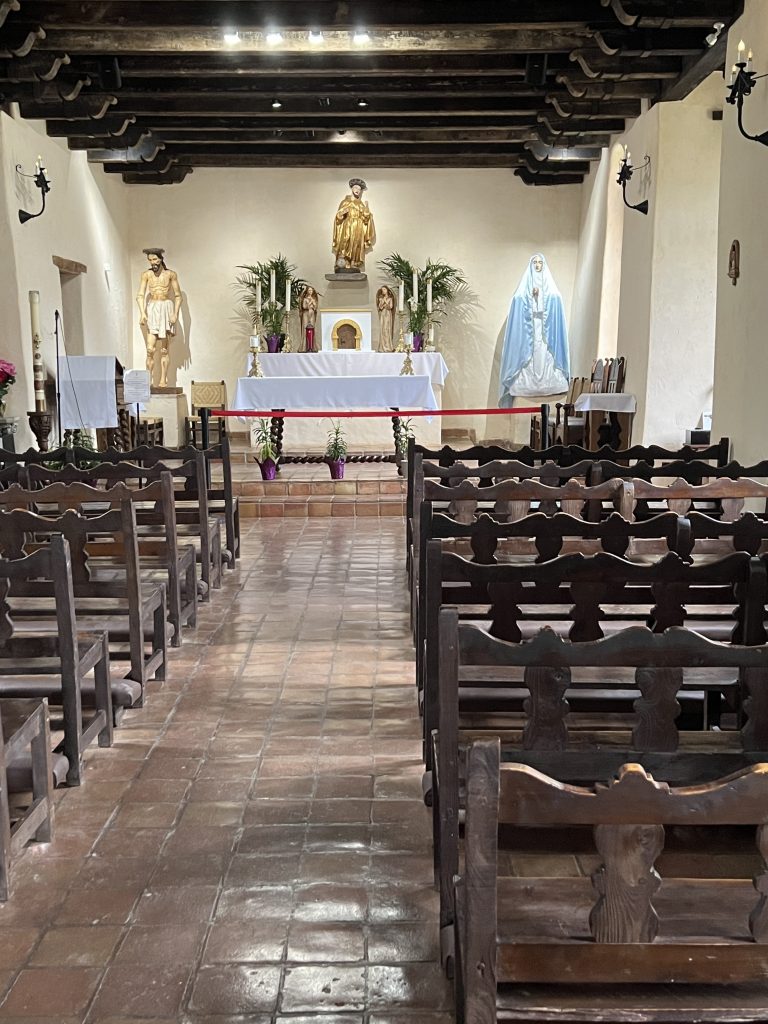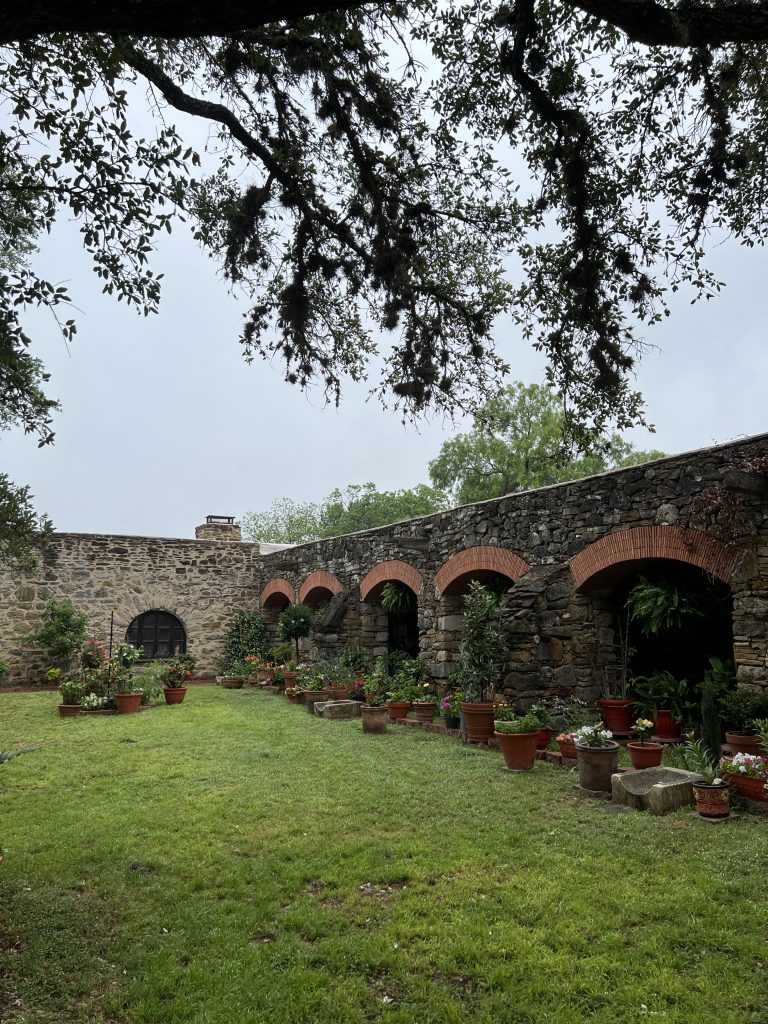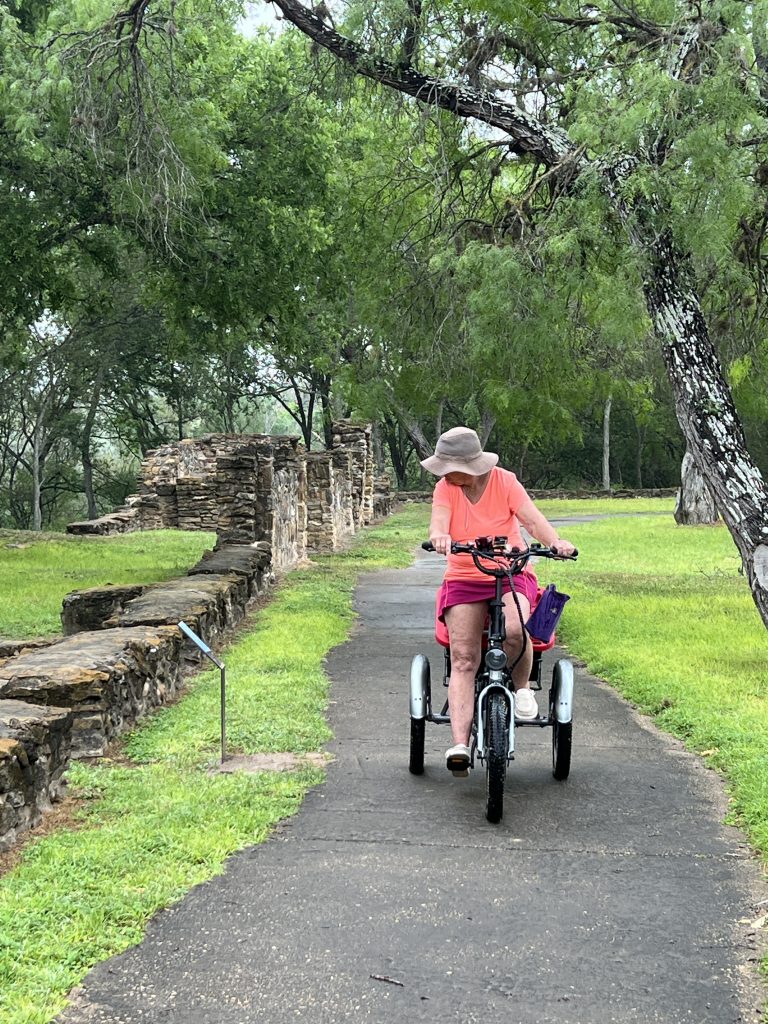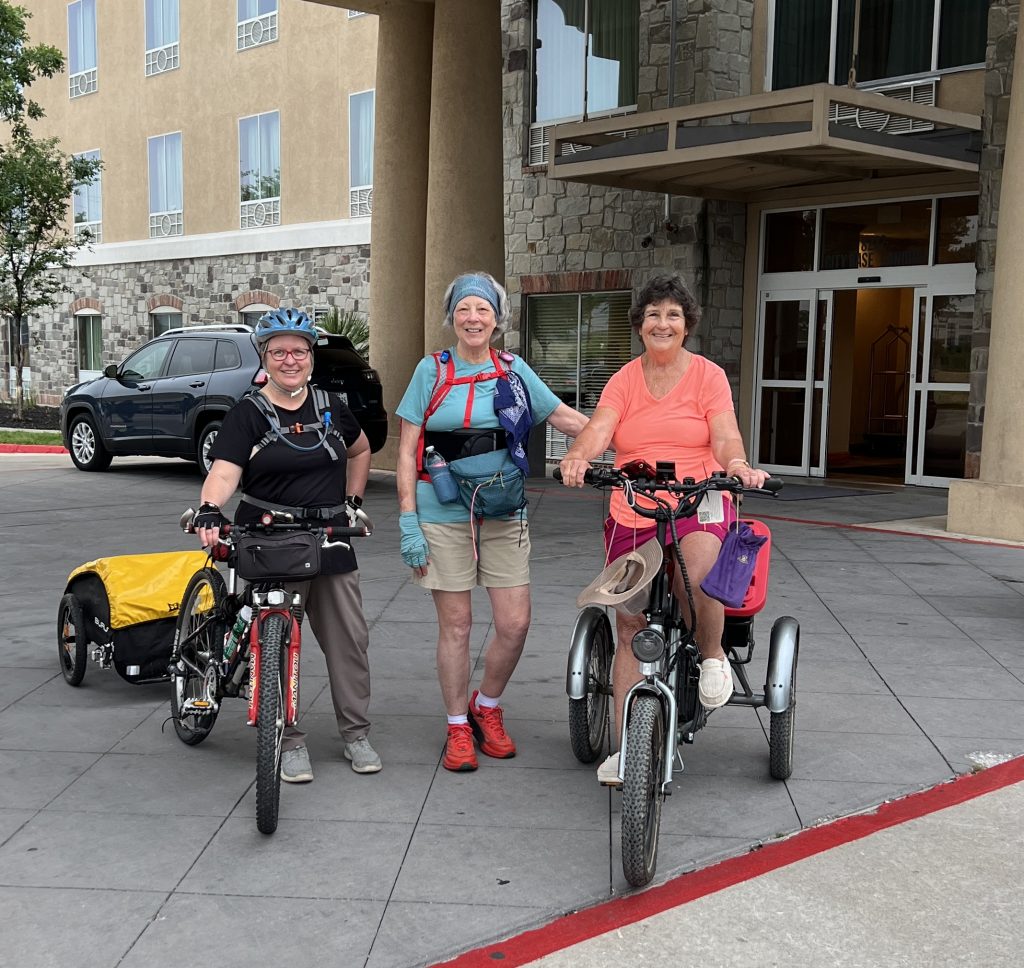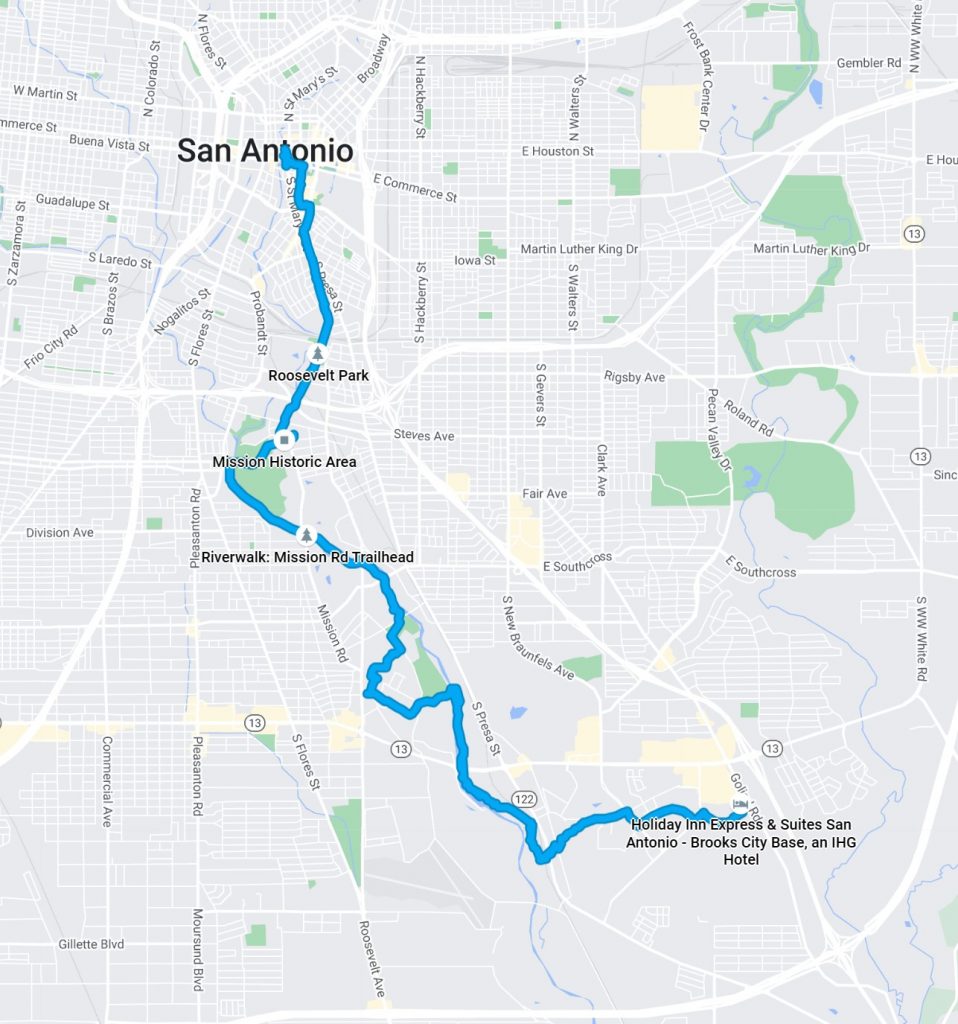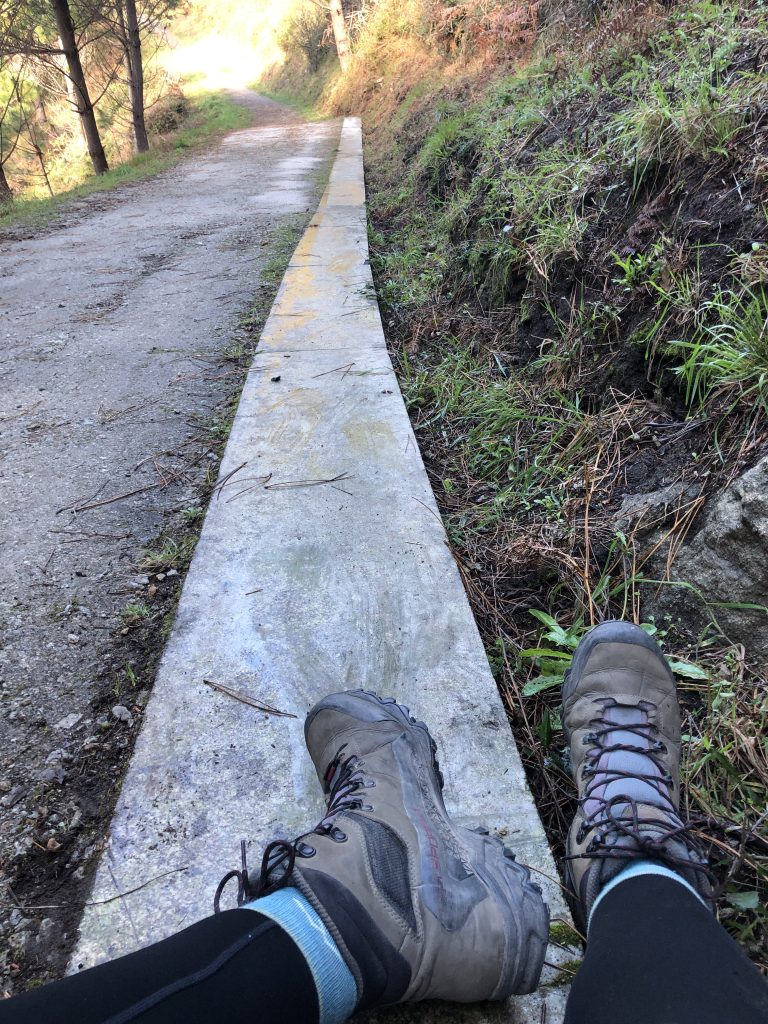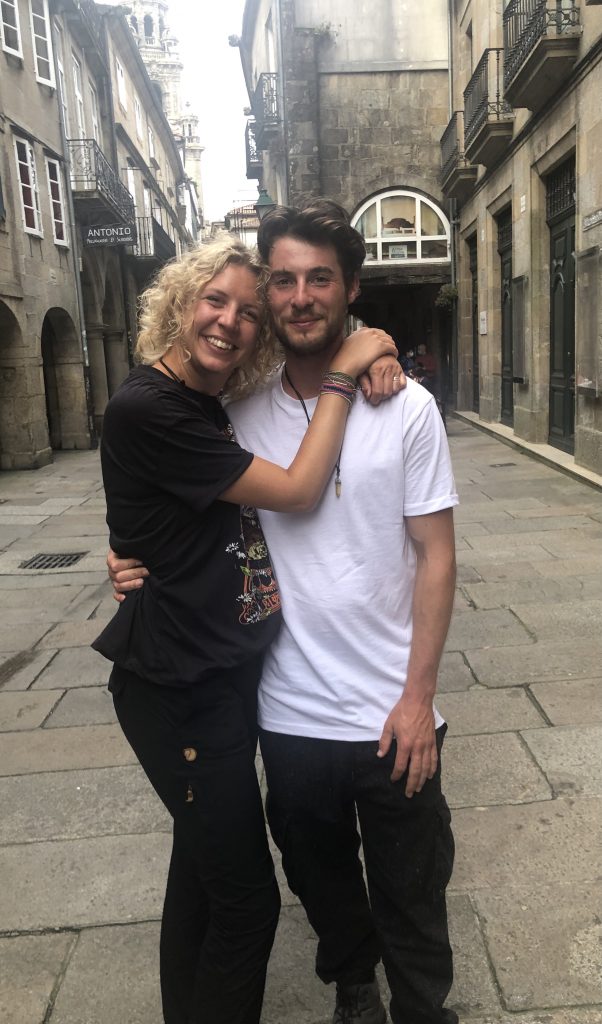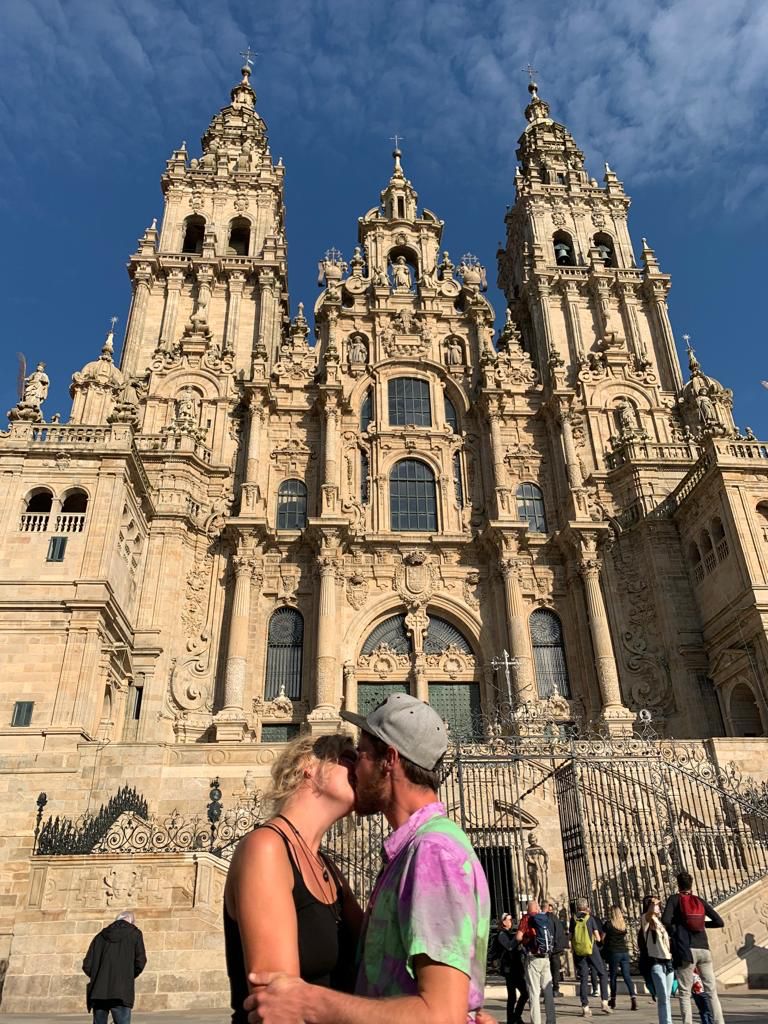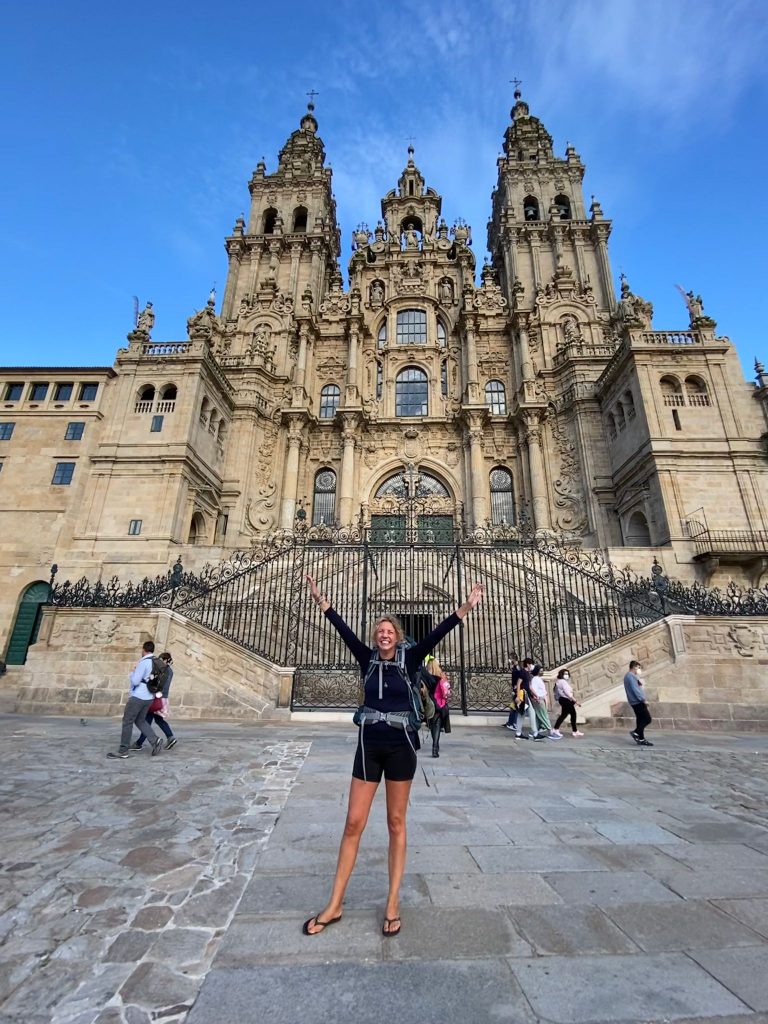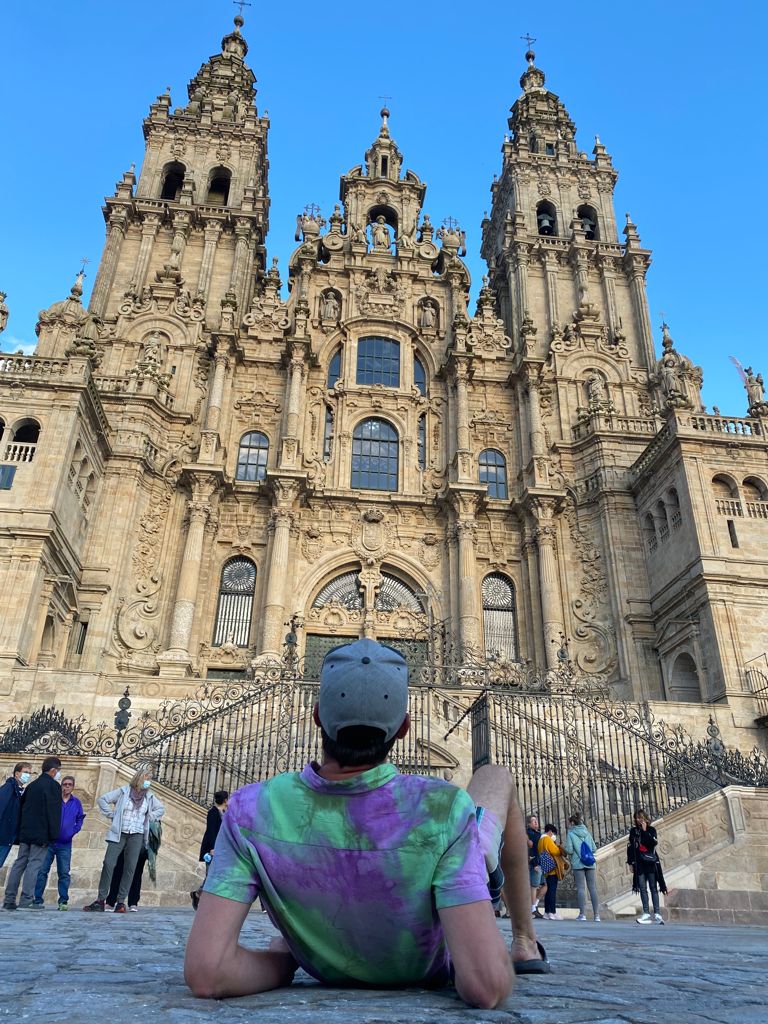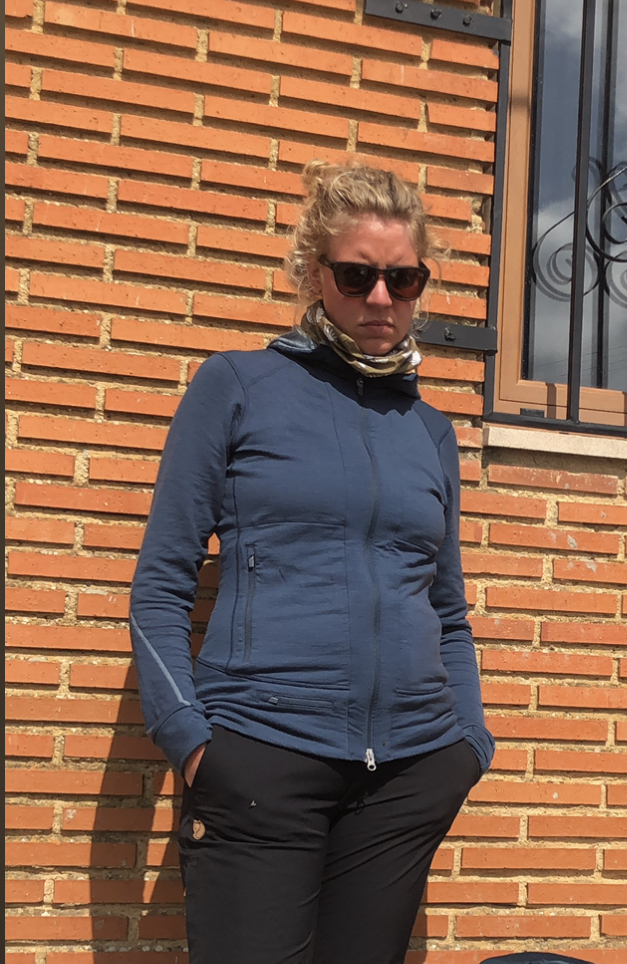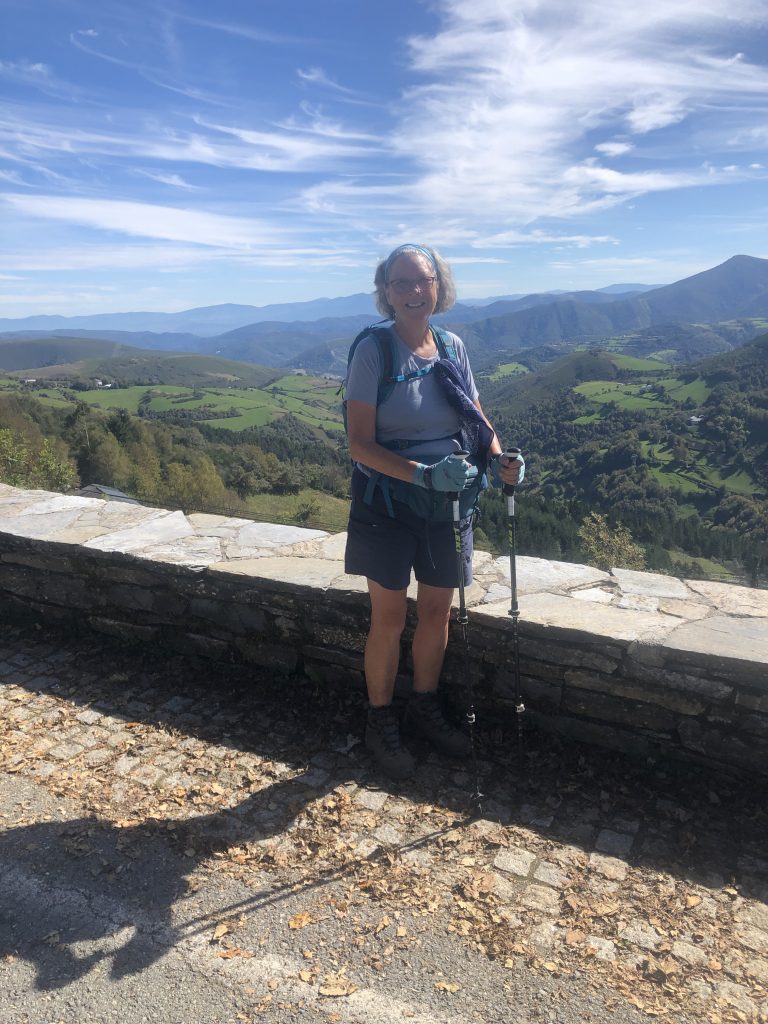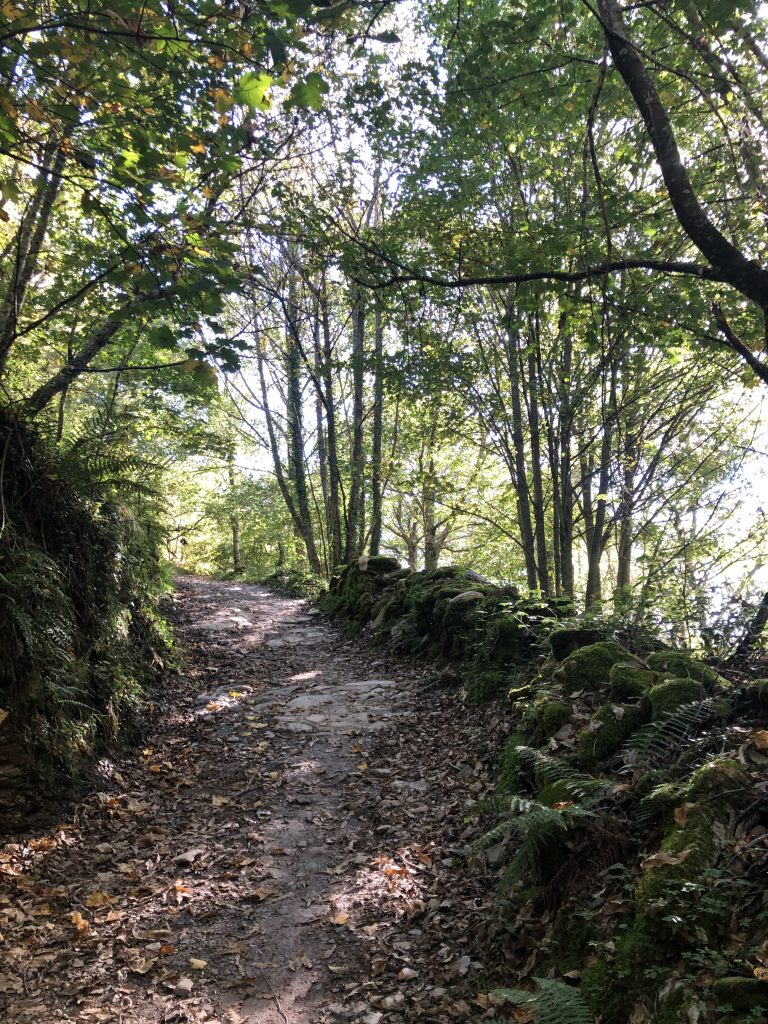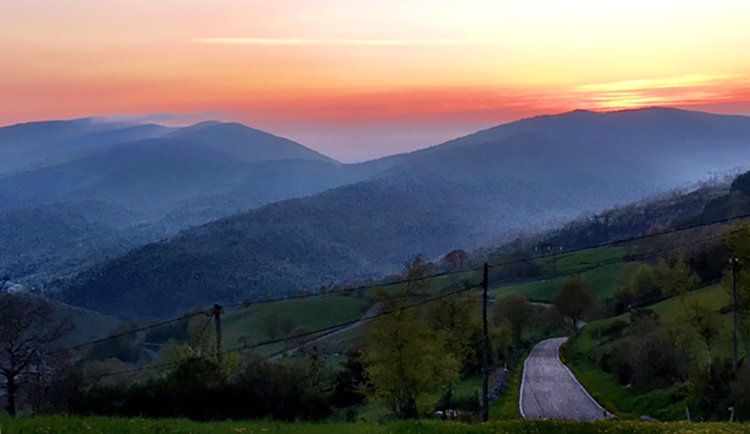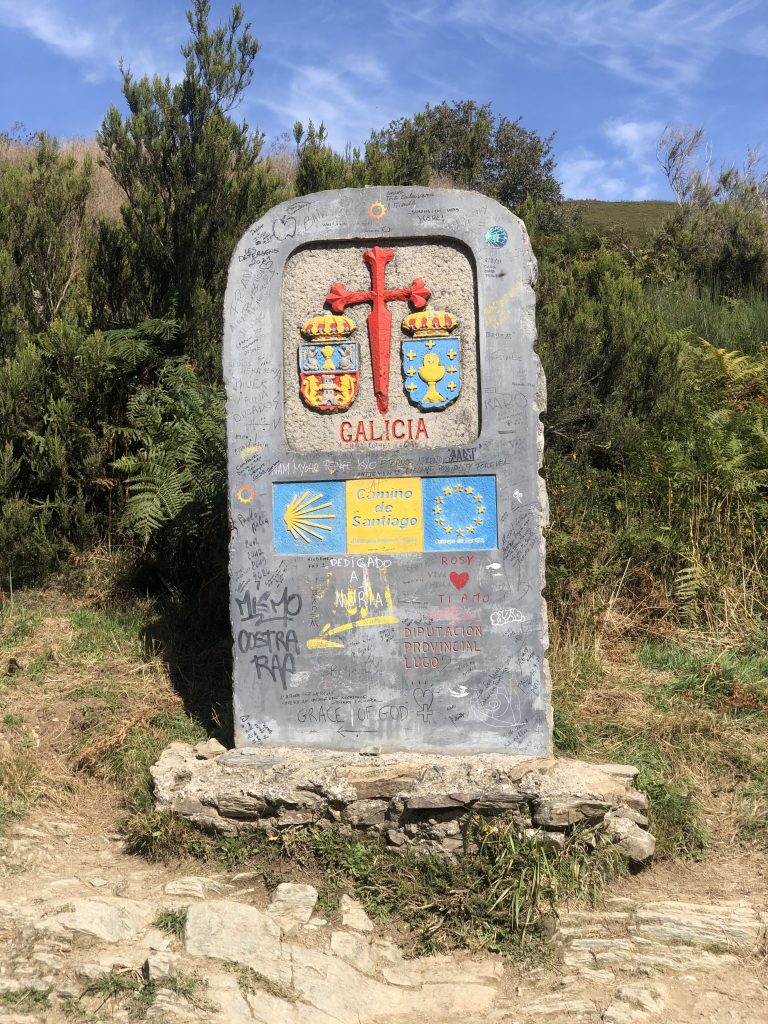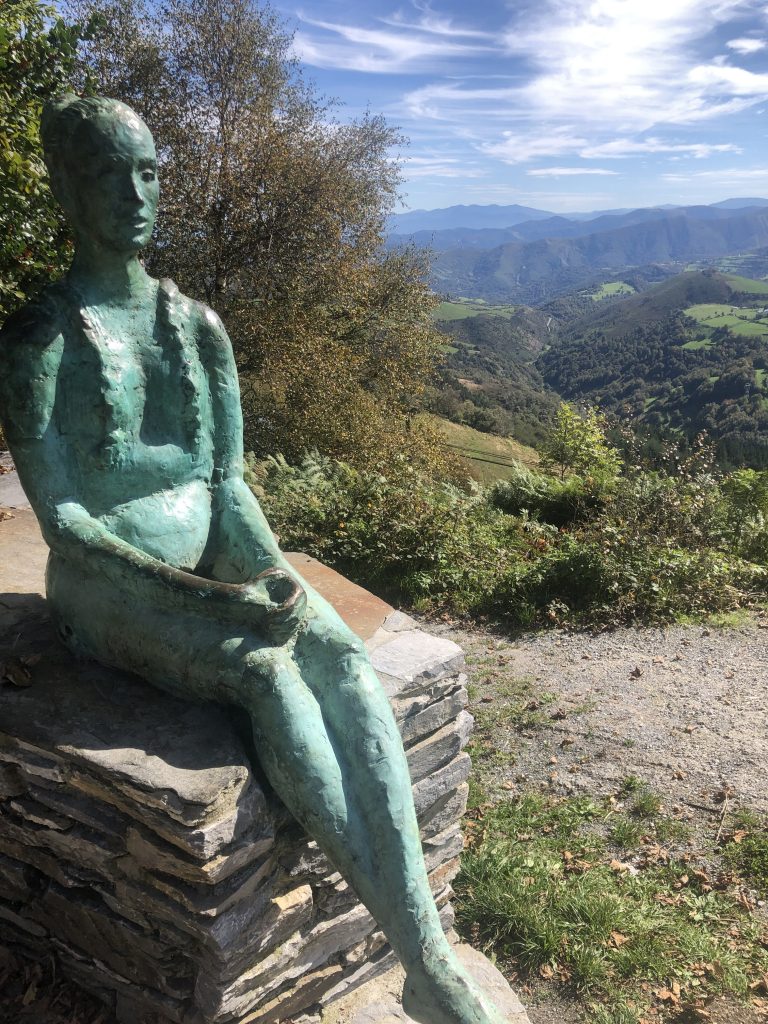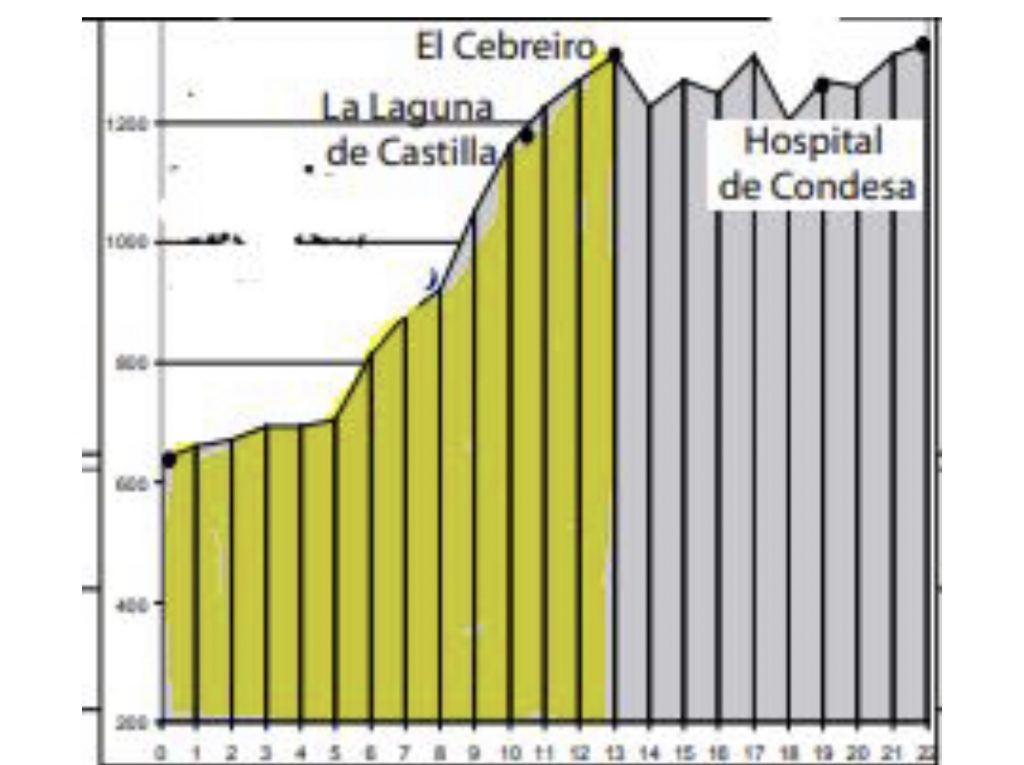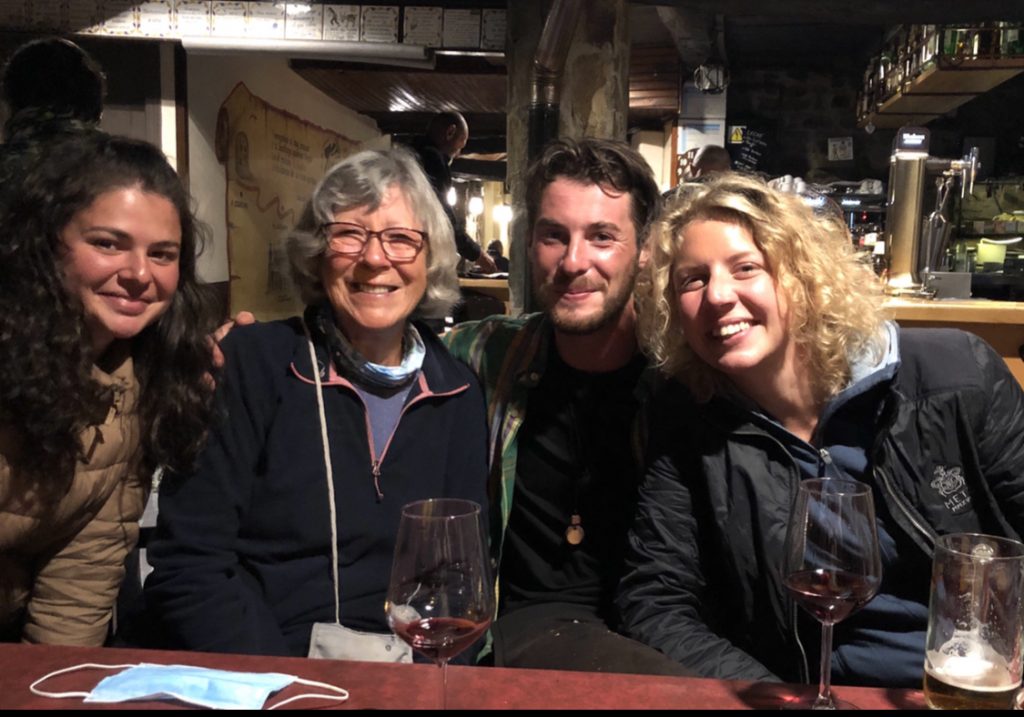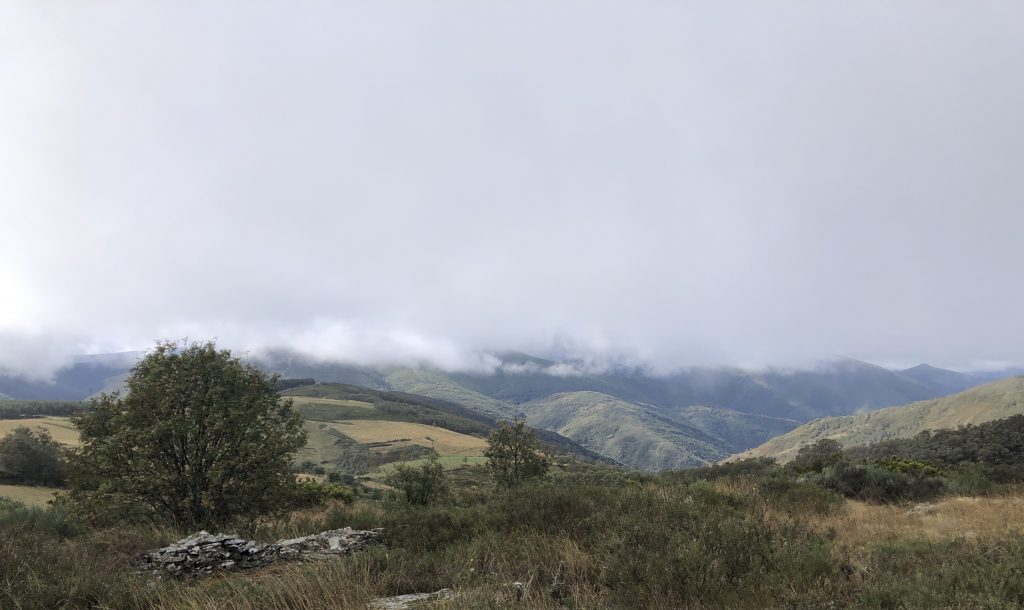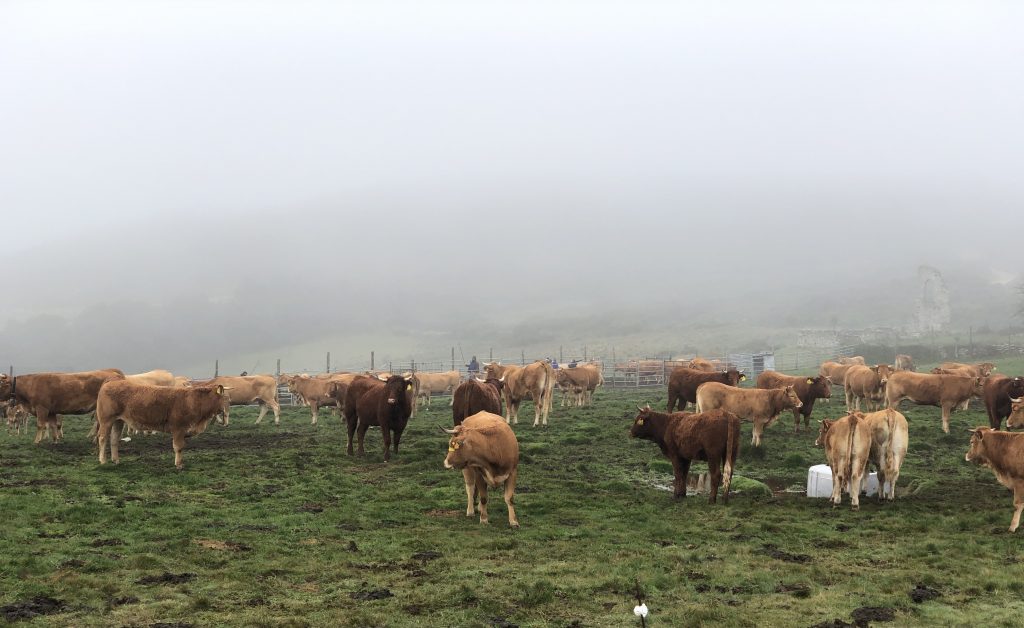Queen of the Missions
“The largest of the missions was almost fully restored to its original design in the 1930s by the WPA (Works Projects Administration). Spanish missions were not churches, but communities with the church the focus. Mission San José captures a transitional moment in history, frozen in time.” https://www.nps.gov/saan/planyourvisit/sanjose.htm
Again, it was a good little walk from the hotel to the mission. We didn’t mind! The path along the San Antonio river, critters, and flowers. And River Keepers!
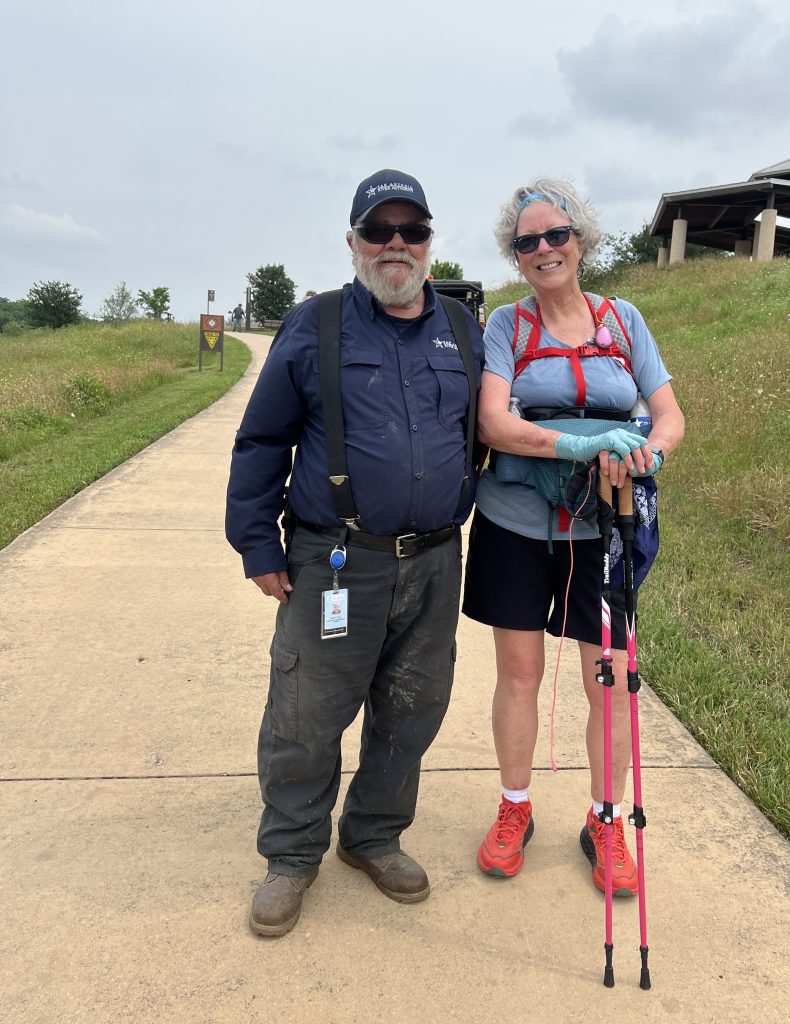
Antonio the River Keeper. He retired from the United States Marine Corps. He’s 71 and has been married to the same woman for 45 years. He takes care of the river for vacation money – and to stay out of his wife’s hair!
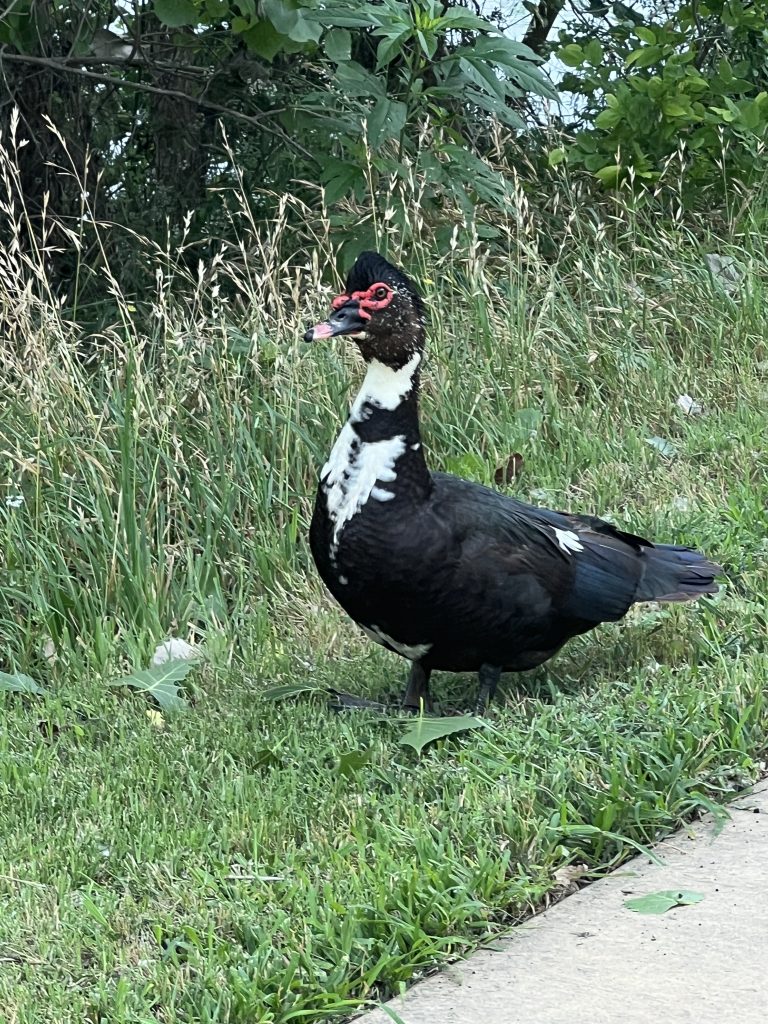
This fellow strutted around and showed off his red eyeglasses.
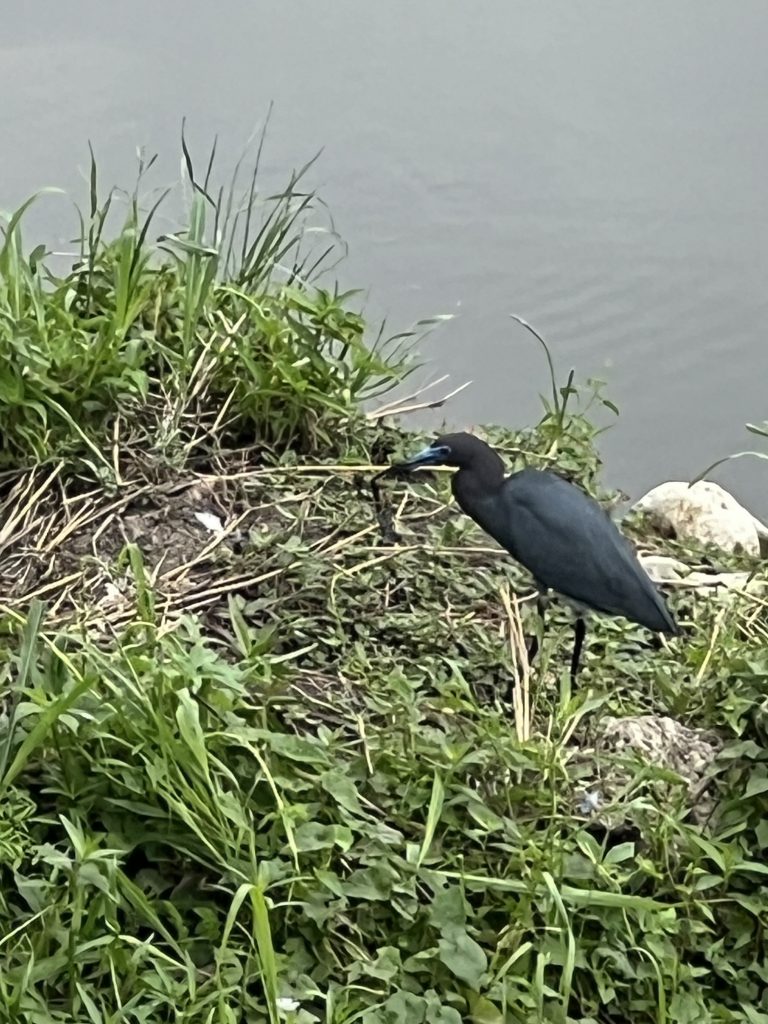
Look closely. This fellow is just about finished with his lunch.
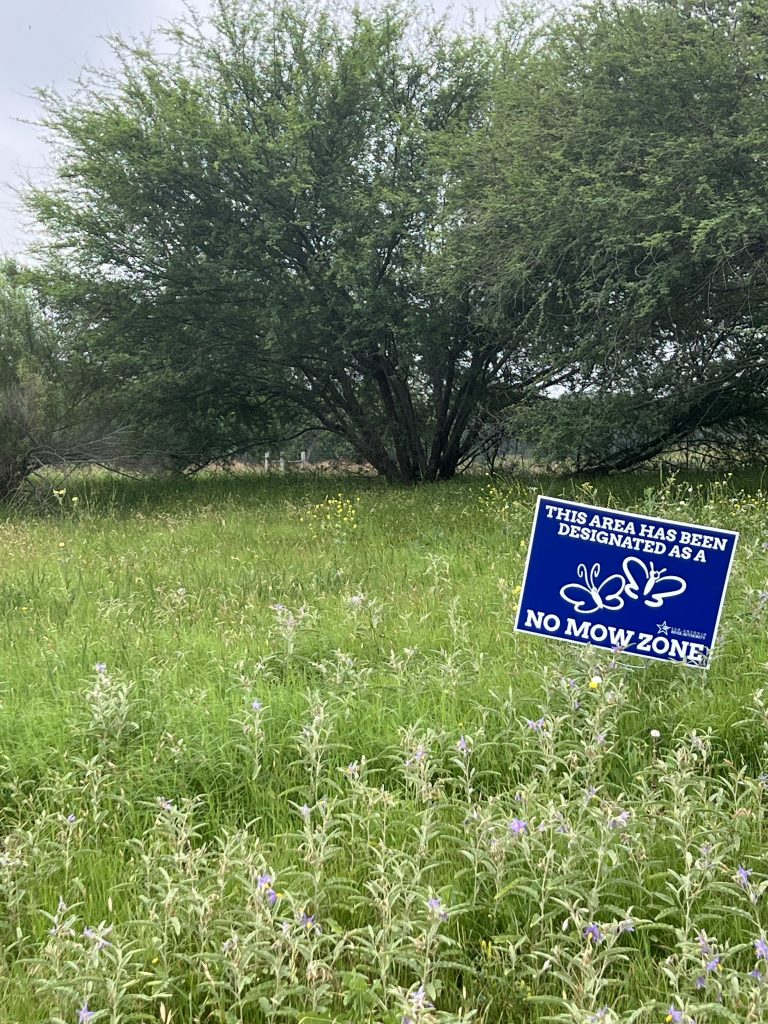
Hundreds and hundreds and hundreds of tiny butterflies. Like walking through a Disney animation.
